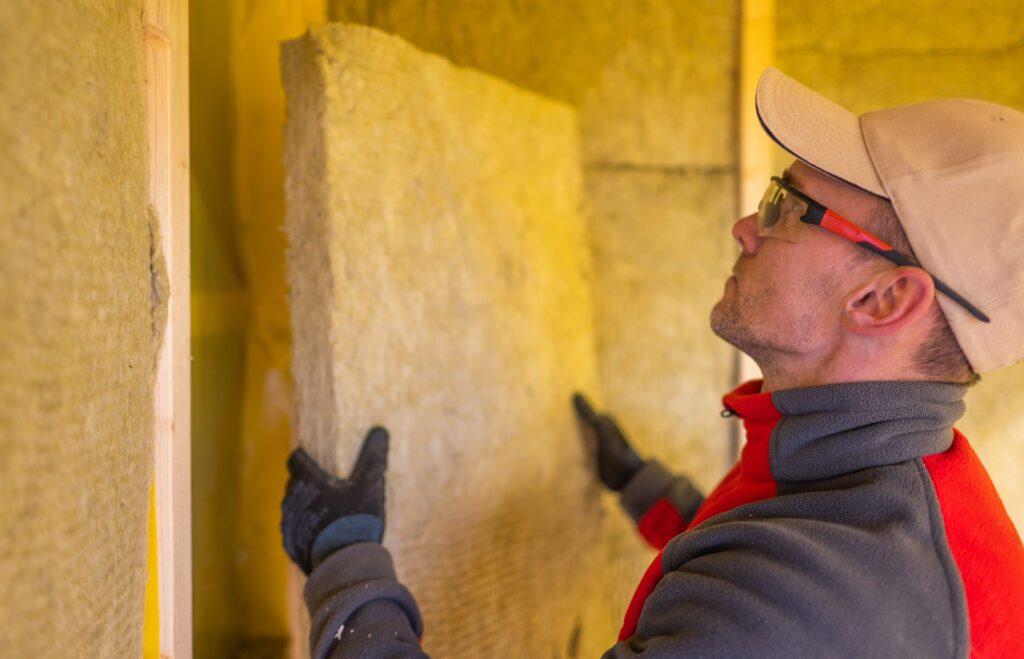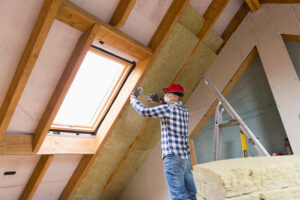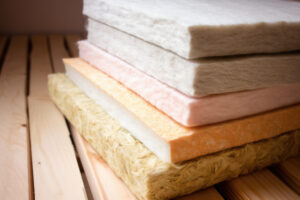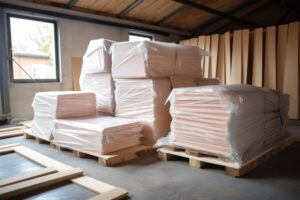Keeping your home comfortable year-round is quite expensive. The good news is that with proper insulation, things don’t have to be like that. You could be dealing with scorching summers. You may also be experiencing freezing winters. Regardless of the issue you are experiencing, a good thermal barrier comes in quite handy. It helps to reduce heat gain and loss. This goes a long way in making your living space more efficient.
It also helps to lower bills. This is achieved by easing the load on your heating and cooling systems. Your HVAC also doesn’t have to work as hard. This saves you a lot of money in the long run.
How Does Insulation Work?
It works by slowing down the transfer of thermal energy.

Lower Your Energy Bills With Proper Insulation
This is a scenario that usually happens between the inside and the outside. It acts as a barrier that reduces flow of warmth during colder months. On the other hand, it keeps cooler indoor air from escaping during hotter seasons.
This is achieved through the utilization of materials made to trap air in tiny pockets. This goes a long way in reducing loss via walls and ceilings.
It helps maintain stable indoor temperatures. This means that your heating and cooling systems don’t have to work as hard. The translation of this is that you will get to enjoy lower bills.
Types of Materials to Consider
You need to consider the performance of the materials you decide to get. You can do this by analyzing various factors like thermal resistance and durability. Some great options to consider include fiberglass batts and spray foam. You will also benefit from cellulose and rigid foam boards.
It’s good to note that materials have their own strengths and weaknesses. You should hence pay attention to this when making your selection. For instance, fiberglass is affordable and widely available. On its part, spray foam provides superior air sealing in tight spaces.
In addition to this, you should also consider your climate and the budget you are willing to spend.
Key Areas to Consider
Focusing on the right areas makes a huge difference. You could start with the attic. This is because it’s where a large amount of warm or cool air escapes. The next thing to check is the walls. This is especially the exterior ones. This is because they act as a barrier between indoor and outdoor temperatures.
You should also address floors above unheated spaces. Some of these include the garage and crawlspaces. You should also not forget about windows and doors. Here, you need to seal any gaps and weather-stripping. Doing this goes a long way in preventing drafts. It also enhances indoor comfort quite well.
Energy Savings and Cost Benefits
Sealing properly reduces the need for constant heating in the winter. It also minimizes the demand for excess cooling in the summer. This is because indoor temperatures will be well stabilized. This goes a long way in easing the strain on your HVAC system.
With this kind of efficiency, you are able to enjoy lower utility bills. In fact, many homeowners are able to recoup their investment in just a couple of years.
Another thing to note is that minimizing consumption helps support a more sustainable lifestyle. This is achieved by decreasing your carbon footprint.
Signs You Need Better Insulation
At times, you may notice that your house feels drafty in the winter. It could also be uncomfortably hot during summer. Such cases could mean that you need enhancements. This is especially true if your HVAC system is running.
Other red flags include high bills and uneven temperatures between rooms. You may also find out that walls feel cold to the touch. Another potential sign is when you hear your system cycling on more frequently than usual.
Improving insulation is a very smart investment. This is especially true if you want to enjoy long-term comfort and energy savings. You could be dealing with drafty rooms or rising utility bills. You could also be experiencing inconsistent indoor temperatures. Regardless of the issue, a proper thermal barrier makes a great difference.
You should consider attic upgrades and sealing gaps. A great thing to note here is that even small improvements can lead to a cozier space. They even minimize strain on your heating and cooling systems. When ready to get some work done on your house, consider working with DJG Insulation. You can trust us to make your residence the best it can be.




